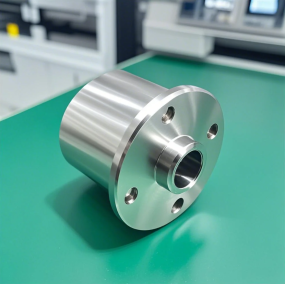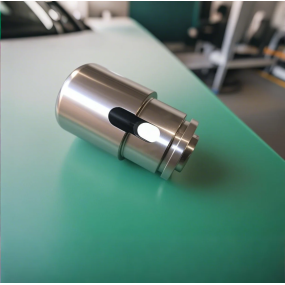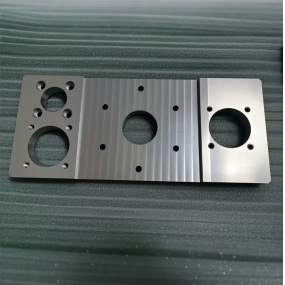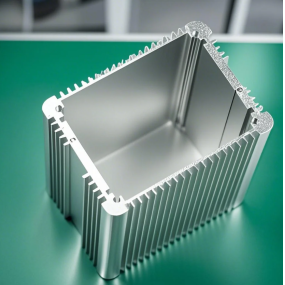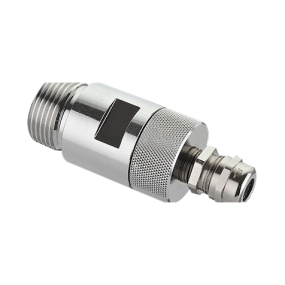High end CNC machine tools
These six words contain three layers of concepts, let's take a closer look at each layer.
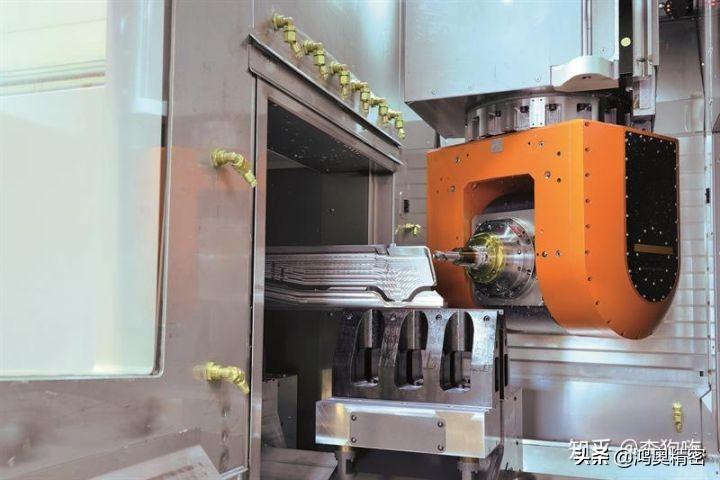
A Handtmann PBZ HD five axis CNC milling machine
Firstly, what is a "machine tool"?
In a narrow sense, "machine tool" usually refers to "cutting machine tool" (in a narrow sense, it is because there are also additive manufacturing machine tools such as 3D printing or other special machine tools), which use cutting methods to process workpieces into machine parts. That is to say, machine tools are the machines that manufacture machines, so they are also known as "working machines". In Japanese, they are called "working machinery" (こさくきかい), and in English, they are called "Machine Tools".
The first true machine tool was actually a boring machine, invented by the British industrialist John Wilkinson in 1775. The original motivation for inventing this boring machine was to solve the practical problem of manufacturing high-precision cannon barrels in the military at that time.
Boring machining is a cutting process that uses cutting tools to enlarge the inner diameter of holes or other circular contours on rotating workpieces. It corresponds to turning, which is a cutting process that uses a tool to reduce the outer diameter of a rotating workpiece or to shape the end face. [2]
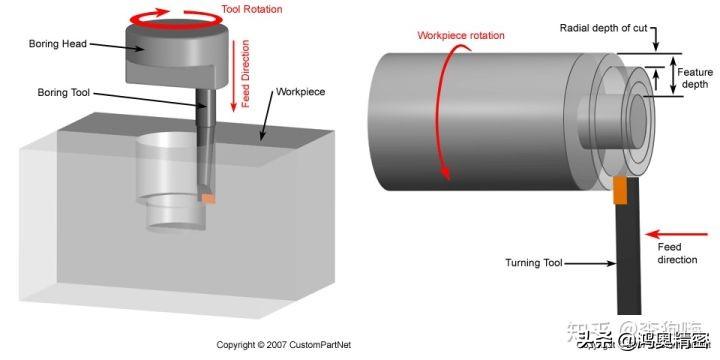
Boring (left) and turning (right) processes
47 year old Wilkinson, after continuous efforts in his father's factory, finally created this new machine that can produce cannon barrels with rare precision. The working principle is to rotate the fixed shaft of the boring tool through a water wheel and push it relative to the cylindrical workpiece. The fixed shaft of the boring tool passes through the cylinder and is supported at both ends. Due to the relative motion between the tool and the workpiece, the material is bored into a high-precision cylindrical hole.
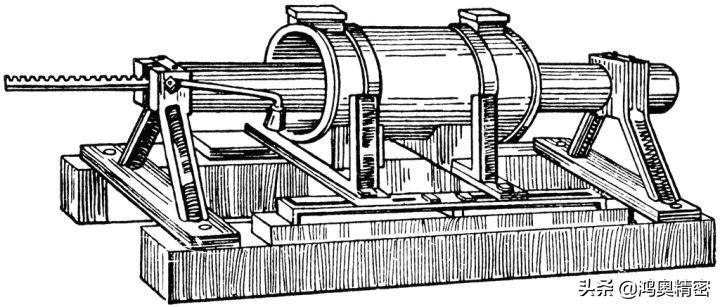
Schematic diagram of the first boring machine
And the boring machine was later used for machining steam engine cylinders. The reason is that after James Watt invented the steam engine, he found it very difficult to manufacture steam engine cylinders using forging methods, and due to the low manufacturing accuracy and severe air leakage of the cylinders, the manufacturing and efficiency improvement of the steam engine were limited. [3] After adopting this boring machine, high-precision cylinders of over 50 inches can be manufactured, greatly improving the processing quality and production efficiency of steam engine cylinders, and thus achieving great success.
Afterwards, in order to meet the needs of various processing techniques, various types of machine tools such as lathes, milling machines, planers, grinders, drilling machines, etc. emerged one after another. [4]
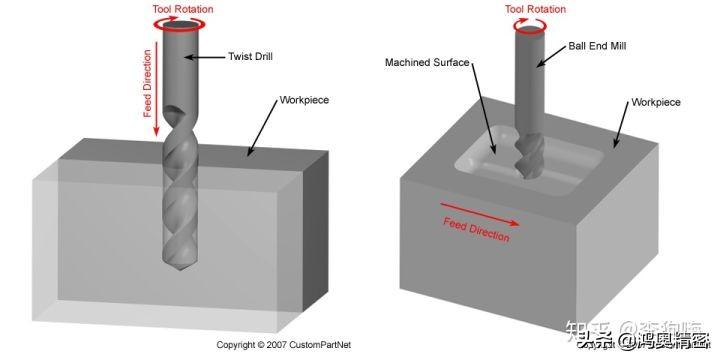
Drilling (left) and milling (right) processes
Then, what is a "CNC machine tool"?
The first electronic computer was born on February 14, 1946 at the University of Pennsylvania in the United States. The initial motivation for its development was to manufacture an "electronic" computing device that replaced relays with electronic tubes at the request of the US military in the context of World War II, to calculate the trajectory of shells.
Six years later, in 1952, Parsons collaborated with the Massachusetts Institute of Technology (MIT) to develop the first numerical control (NC) machine tool (also known as a "digital control machine tool") by combining a numerical control system based on electronic computers with a milling machine from Cincinnati. From then on, traditional machine tools underwent a qualitative change, marking the beginning of the CNC era for machine tools. [5]
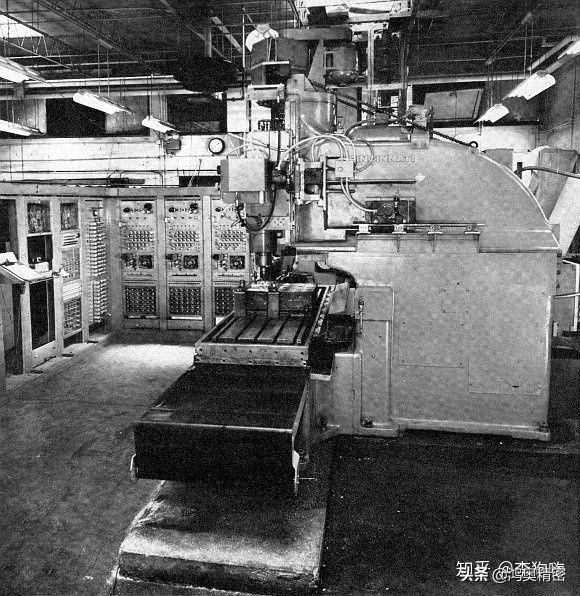
The first CNC machine tool (milling machine)
Six years later, in 1958, MIT collaborated with multiple companies under the sponsorship of the US military to develop APT (Automatic Programming tools), a high-level computer programming language used to generate work instructions for CNC machine tools. The most common method now is to use RS-274 format instructions, commonly referred to as "G code". [7]
With the continuous development of computer technology, microprocessors have been applied to digital control, greatly improving their functions. This type of system is called Computer Digital Control (CNC), Computer Numerical Control), The machine tool that applies this system is also known as CNC machine tool, which is a computer-controlled numerical control machine tool, or simply referred to as "CNC machine tool".
Numerical Control technology in CNC machine tools is a technical method that uses digital signals to control the motion and machining process of the machine tool. A CNC machine tool is a machine tool that uses CNC technology, or is equipped with a CNC system. The Fifth Technical Committee of the International Federation of Information Processing (IFIP) defines a CNC machine tool as a machine tool equipped with a program control system. This control system can logically process programs with control codes or other symbolic instructions, decode them, represent them with coded numbers, and input them into the CNC system through information carriers. After calculation and processing, various control signals are issued by the CNC device to control the action of the machine tool, and the parts are automatically processed according to requirements.
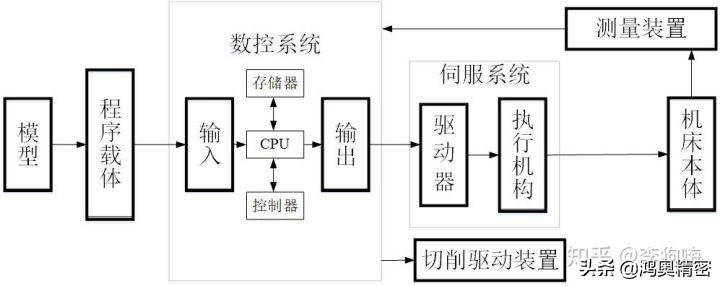
The machining process of CNC machine tools
CNC machine tool processing divides the motion coordinates of the tool and the workpiece into some minimum units, namely the minimum displacement. The CNC system moves the coordinates by several minimum displacements according to the requirements of the part program (i.e. controls the tool motion trajectory), thereby achieving relative motion between the tool and the workpiece and completing the machining of the part.
The relative motion of the tool along each coordinate axis is measured in units of pulse equivalent (mm/pulse). When the cutting path is a straight line or arc, the CNC device performs "data point densification" between the starting and ending coordinate values of the line segment or arc, calculates a series of intermediate point coordinate values, and then outputs pulses to each coordinate according to the intermediate point coordinate values to ensure the desired straight line or arc contour is processed.
The densification of data points carried out by CNC devices is called interpolation, and generally CNC devices have the function of interpolating basic functions (such as linear and circular functions). In fact, machining any curve L part on a CNC machine tool is approximated by the basic mathematical functions that the CNC device can handle, such as lines, arcs, etc. Naturally, the approximation error must meet the requirements of the part drawing.
Compared with traditional machine tools, CNC machine tools have the following advantages:
High processing accuracy and stable quality. For each pulse output by the CNC system, the displacement of the moving parts of the machine tool is called the pulse equivalent. The pulse equivalent of CNC machine tools is generally 0.001mm, and high-precision CNC machine tools can reach 0.0001mm, with much higher motion resolution than ordinary machine tools. In addition, CNC machine tools have position detection devices that can provide feedback to the CNC system on the actual displacement of moving parts or the angle of the screw and servo motor, and compensate for it. Therefore, higher machining accuracy than the machine tool itself can be achieved. The quality of parts processed by CNC machine tools is guaranteed by the machine tool and is not affected by operational errors, so the size consistency of the same batch of parts is good and the quality is stable. Capable of processing complex parts that are difficult or impossible to process with ordinary machine tools. For example, CNC machine tools that use two axis linkage or more than two axis linkage can process rotating body curved parts, cam parts, and various complex spatial curved parts with curved generatrix. High production efficiency. The spindle speed and feed range of CNC machine tools are larger than those of ordinary machine tools, and the good structural rigidity allows CNC machine tools to use large cutting amounts, effectively saving maneuvering time. For the processing of certain complex parts, if a CNC Machining center with an automatic tool changing device is used, it can achieve continuous processing of multiple processes under one clamping, reduce the turnover time of semi-finished products, and improve productivity more significantly. Strong adaptability to product redesign. After the modified design of the machined parts, it is only necessary to change the machining program of the parts and adjust the tool parameters on the CNC machine tool to achieve the machining of the modified parts, greatly reducing the production preparation cycle. Therefore, CNC machine tools can quickly transition from processing one type of part to processing another modified design of part, which provides great convenience for the processing of single and small batch new trial products and frequent updates of product structure. Beneficial for the development of manufacturing technology towards comprehensive automation. CNC machine tools are the basic equipment for mechanical processing automation. Integrated automation systems such as FMC (Flexible Machine Center), FMS (Flexible Manufacturing System), CIMS (Computer Integrated Manufacturing System), etc., built on CNC machine tools, enable the integration, intelligence, and automation of mechanical manufacturing. This is because the control system of CNC machine tools adopts digital information and standardized code input, and has communication interfaces, making it easy to achieve data communication between CNC machine tools. It is most suitable for connecting computers to form an industrial control network, realizing the calculation, management, and control of automated production processes. Strong monitoring function and the ability to diagnose faults. The CNC system not only controls the movement of the machine tool, but also provides comprehensive monitoring of the machine tool. For example, early warning and fault diagnosis can be carried out for some factors that cause faults, greatly improving the efficiency of maintenance. Reduce the labor intensity of workers and improve working conditions. Finally, what is a "high-end CNC machine tool"?
The definition of "high-end" or "high-end" CNC machine tools: CNC machine tools with functions such as high-speed, precision, intelligence, composite, multi axis linkage, network communication, etc. Its development symbolizes that the country's current machine tool manufacturing industry occupies an advanced stage in the development of the world's machine tool industry. Therefore, internationally, high-end machine tool technologies such as five axis linkage CNC machine tools are regarded as an important symbol of a country's industrialization. [10]
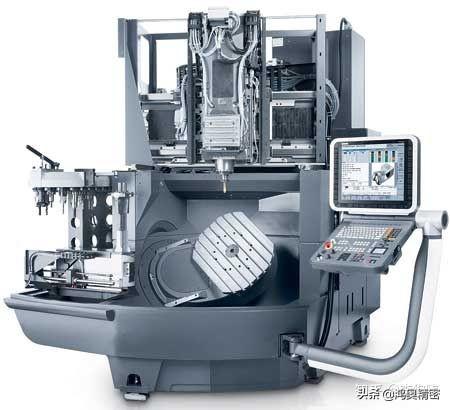
DMG Five Axis Machining Center
CNC machine tools can be divided into three levels based on their functional level: low, medium, and high. This classification method is widely used in China. The boundaries between low, medium, and high end are relative, and the classification standards vary in different periods. Based on the current level of development, it can be generally distinguished from the following aspects (of course, this classification cannot include all indicators):
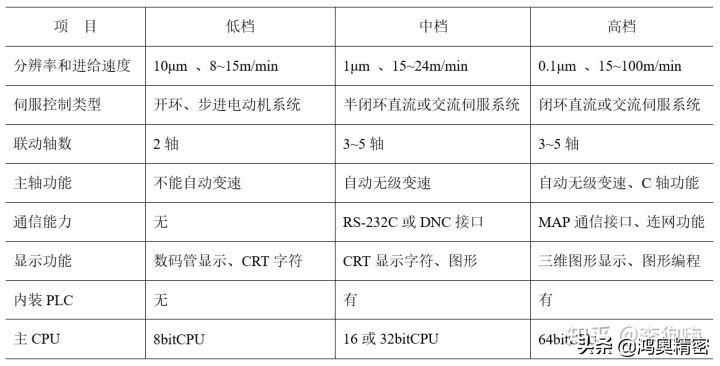
Comparison of High, Medium, and Low end CNC Machine Tools
With the development of advanced production technology, modern CNC machine tools are required to develop towards high speed, high precision, high reliability, intelligence, and more complete functions.


 Spanish
Spanish Arabic
Arabic French
French Portuguese
Portuguese Belarusian
Belarusian Japanese
Japanese Russian
Russian Malay
Malay Icelandic
Icelandic Bulgarian
Bulgarian Azerbaijani
Azerbaijani Estonian
Estonian Irish
Irish Polish
Polish Persian
Persian Boolean
Boolean Danish
Danish German
German Filipino
Filipino Finnish
Finnish Korean
Korean Dutch
Dutch Galician
Galician Catalan
Catalan Czech
Czech Croatian
Croatian Latin
Latin Latvian
Latvian Romanian
Romanian Maltese
Maltese Macedonian
Macedonian Norwegian
Norwegian Swedish
Swedish Serbian
Serbian Slovak
Slovak Slovenian
Slovenian Swahili
Swahili Thai
Thai Turkish
Turkish Welsh
Welsh Urdu
Urdu Ukrainian
Ukrainian Greek
Greek Hungarian
Hungarian Italian
Italian Yiddish
Yiddish Indonesian
Indonesian Vietnamese
Vietnamese Haitian Creole
Haitian Creole Spanish Basque
Spanish Basque

